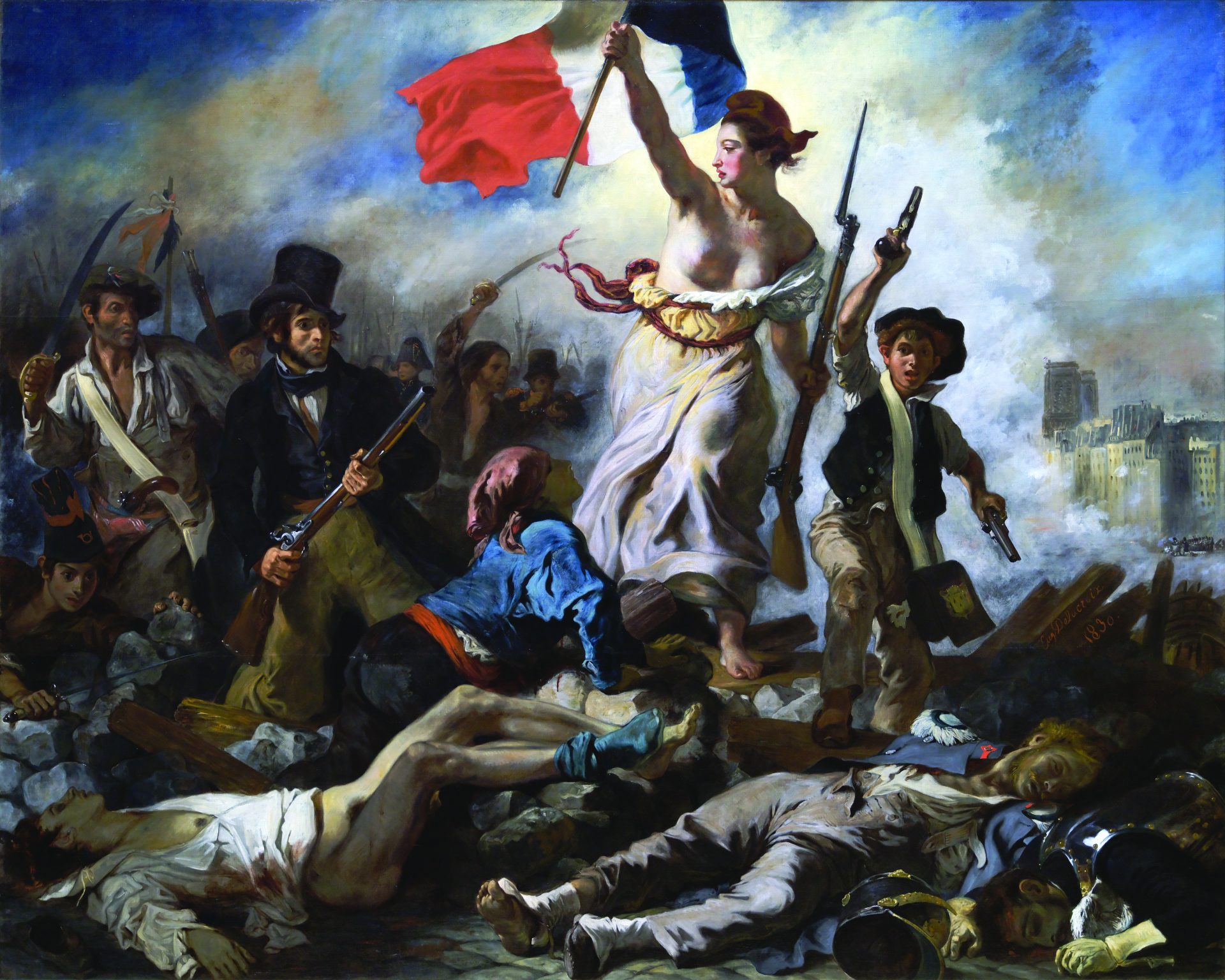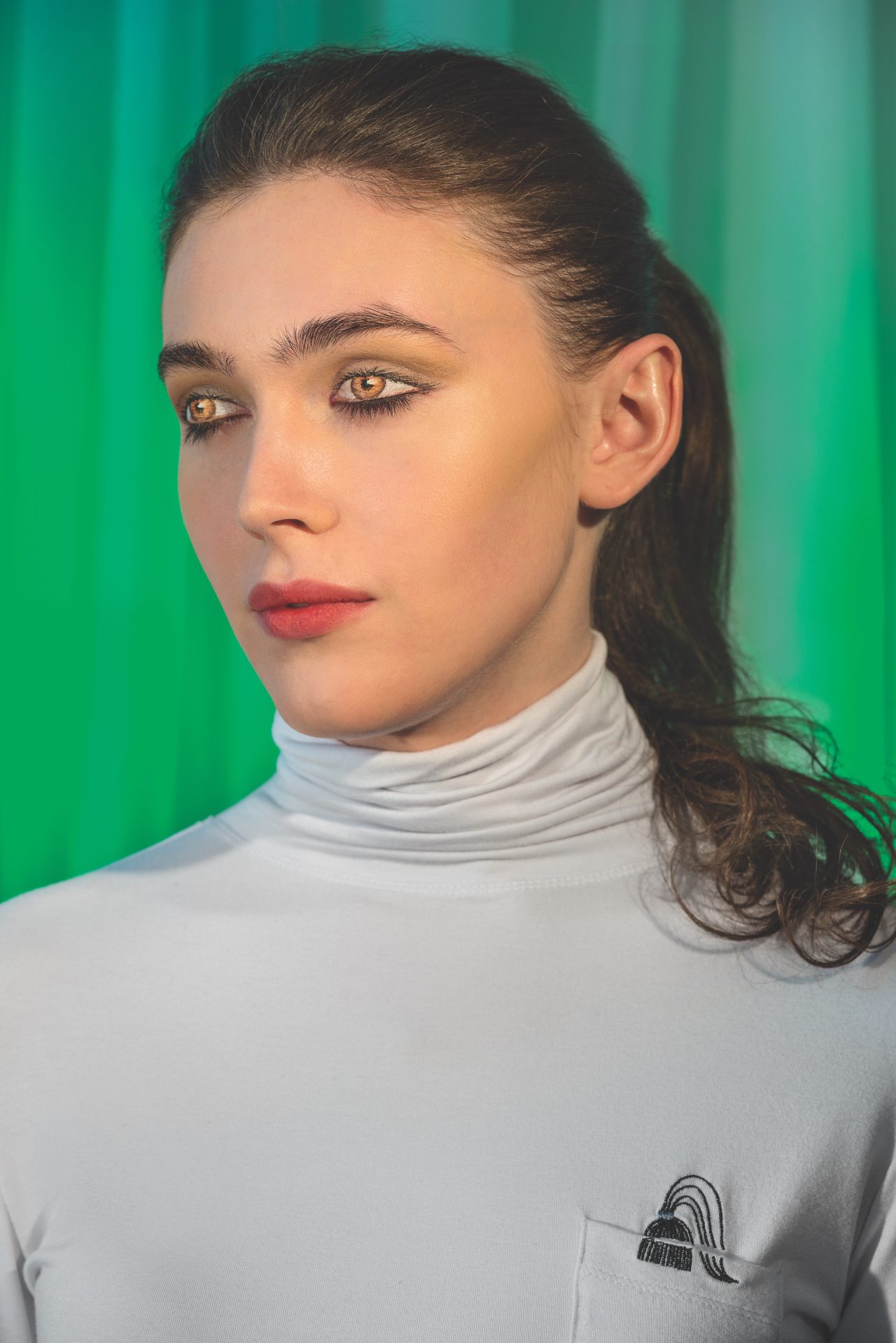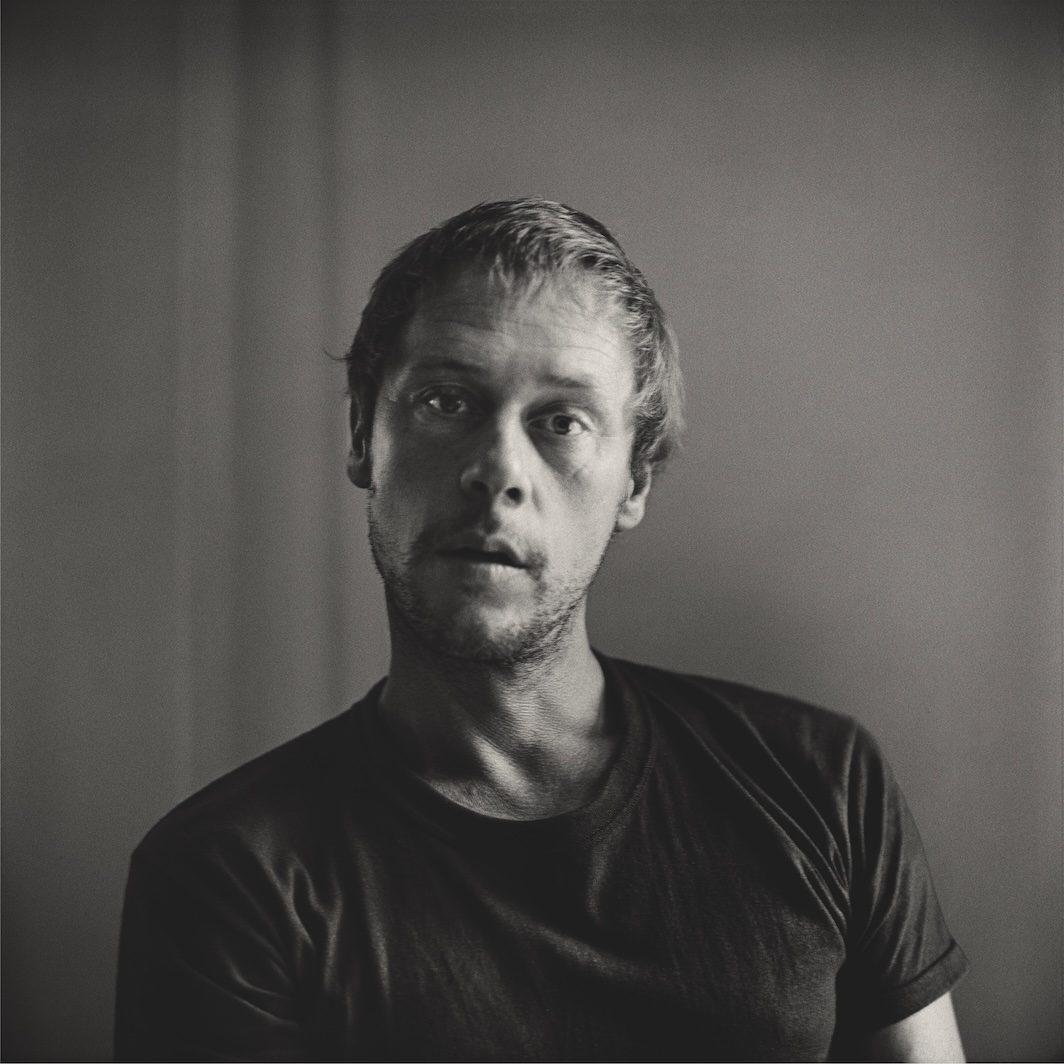
In an interview with The Onion in 2007, Yann Martel gave an unlikely description of his work in progress. It would be a book in two parts, he explained, a novel and an essay “published back-to-back, upside down, what the trade calls a flipbook. In other words, a book with two covers. And they’ll have the same title: ‘A 20th-Century Shirt.’ They share the same fundamental metaphor to do with the shirt and to do with the laundry, and they both have to do with the Holocaust.”
To treat the Holocaust in terms of laundry, or a shirt, or something—it sounds silly at best, offensive at worst. Yet it also sounds oddly true to the sensibility of Martel, as the world came to know it in his Man Booker Prize–winning novel Life of Pi (2001). That book, after all, featured a young boy who survived a shipwreck in the company of a hyena, a zebra, and a tiger named Richard Parker, and whose adventures included washing up on a man-eating island inhabited by meerkats. Martel’s fiction has something in common with Henri Rousseau’s painting: There is the same kind of naïveté and cloyingness, joined to utter conviction and singular vision (not to mention a love of wild animals). It would take that kind of writer to produce a book such as A 20th-Century Shirt, which, Martel went on to explain, would be “a story featuring a monkey and a donkey . . . set on a shirt.”
Somewhere along the way, however, Martel must have changed his mind—or else the interview was laying the groundwork for the metafictional gamesmanship to come. Something called A 20th-Century Shirt does turn up in Martel’s new novel, Beatrice and Virgil, but it is a play written by a taxidermist named Henry, one of the book’s two main characters. The other is the protagonist, who—the games continue—is also named Henry and bears a strong resemblance to Yann Martel.
The first paragraph makes the identification all but explicit: “Henry’s second novel, written, like his first, under a pen name, had done well. It won prizes and was translated into dozens of languages . . . countless schools and book clubs adopted the book; he regularly saw people reading it on planes and trains; Hollywood was set to turn it into a movie; and so on and so forth.” The name of Henry’s novel is never mentioned, but like Life of Pi (which is scheduled to become a movie, directed by Ang Lee, in 2011), it “featured wild animals.”
For his follow-up, Henry has been working on a book exactly like the one Martel described in the interview. His purpose, Henry explains in terms borrowed almost word for word from his creator, is to argue that the Holocaust ought not to be treated strictly in terms of sober documentary realism. Rather, there ought to be fables, parables, and fictions of the Holocaust, along the lines of Animal Farm (to use one of Henry’s examples, not chosen by accident). “A work of art works because it is true, not because it is real,” Henry says. “Was there not a danger to representing the Holocaust in a way always beholden to factuality?”
We soon learn, however, that this book of Henry’s has already been rejected by his publisher. In a crudely staged scene, his editors inform him that “the novel was tedious, the plot feeble, the characters unconvincing, their fate uninteresting, the point is lost; the essay was flimsy, lacking in substance, poorly argued and poorly written. . . . The whole was a complete, unpublishable failure.” This rebuff leads Henry to change his life completely. He stops writing, moves to a new city, and fills his time with amateur theatricals and clarinet lessons.
Henry’s other favorite pastime is answering every letter he gets from readers. In his attitude toward his fans, in fact, Henry/Martel stands at the opposite extreme from J. D. Salinger, feeling that “to remain silent in the face of kindness and enthusiasm would have been rude. Worse: it would have been thankless.” This sounds like a guileless salute from Martel to the reader, and Martel’s prose style, which ranges from the nicely simple to the naively clumsy, makes it easy to underestimate his literary cunning. But as with every element in this carefully constructed book, it turns out to be fraught with ironies. For it is in his fan mail that Henry first encounters his namesake, the other Henry, who evolves into a strange and ultimately fearful alter ego.
Henry the writer is known for talking about people in the guise of animals. The second Henry is a taxidermist—another kind of animal artist, but one whose work is always uncanny and ethically suspect. His shop, Okapi Taxidermy, is like a Martel novel laid under a curse, its menagerie of characters frozen in time: “The craftsmanship was superlative. The fur, the scales, the plumage—they positively glistened with life. Henry felt that if he stamped a foot, all these creatures would jump and flee.” To add to the ominousness, the letter the taxidermist sends the writer contains a copy of Flaubert’s story “The Legend of Saint Julian Hospitator,” from Trois Contes, which features long descriptions of animal slaughter.
Why is the second Henry—who is thinly but effectively characterized as totally affectless, incapable of conversation or ordinary politeness—so obsessed with dead animals? The answer begins to emerge when he shows the first Henry scenes from the play he has apparently spent his life working on. This play turns out to be a dialogue between a donkey, Beatrice, and a howler monkey, Virgil, who live on a man’s shirt—in other words, it is the work Martel himself once planned to write. And it becomes more and more apparent, each time the Henrys meet and another section of the play is revealed, that what Beatrice and Virgil are discussing is the Holocaust.
The striped shirt they live on, Henry the protagonist begins to suspect, is the uniform of a concentration-camp inmate; the lands of “Coat, Shirt, Trousers,” Henry the taxidermist says in a charged aside, “could have been Germany, Poland, Hungary.” And the genocide of the Jews has been transformed into a campaign of terror against all animals, from which Beatrice and Virgil are on the run. What we hear in their dialogue—which is an odd fusion of faux-Beckett bluntness and Martelian cuteness—is the confrontation of helpless victims with overpowering evil: “How can there be anything beautiful after what we’ve lived through? It’s incomprehensible. It’s an insult,” Virgil says.
In other words, Martel allows the second Henry to do what the first Henry could not: to try to convince us that fable and fiction are legitimate ways to remember the Holocaust. Our response to Beatrice and Virgil is inevitably bound up with our response to this allegory—which ends up, deliberately or otherwise, refuting its own premise. Martel suggests, as he did in Life of Pi, that we understand human suffering better when it is disguised as animal suffering. But Beatrice and Virgil are not animals; for all readerly purposes, they are people, with human emotions, experiences, and speech. It is exactly their ability to speak, to reason and despair about their situation, that generates in the reader the specifically human reaction to human suffering, which is sympathy—rather than pity, which is how we react to animal suffering. The same irony is at work in Art Spiegelman’s Maus, which Henry praises as an “exception” to the rule of Holocaust writing, while noting that even here “the peculiar gravity of the event pulled the reader back to the original and literal historical facts.”
If, however, Martel means us to read this equation in the other direction—that is, to extend to Jewish victims of the Holocaust the kind of pity we feel for suffering animals—then he is making a morally disastrous mistake. Erasing the distinction between humans and animals was, after all, the original evil of the Holocaust. It may be easier to feel pity for a tortured donkey and a starving monkey than to feel sympathy for a tortured and starving person—but that is precisely because sympathy is more frightening and humbling, and because it makes a much stronger emotional (and political) demand. Only a cruel sentimentality, bereft of genuine compassion, would find that the substitution of a donkey’s suffering for a human being’s makes it easier to feel moved.
But is Martel making that kind of mistake? Beatrice and Virgil keeps the reader wondering, especially after the surprise ending leaves it unclear just how we are supposed to feel about Henry the taxidermist and his play. One way to read this novel would be as Martel’s retraction of A 20th-Century Shirt as he originally conceived it. Another would be as Martel’s attempt to have it both ways, to get the pleasures of sentimental pity without paying the moral price for doing so. That ambiguity, more than the narrative uncertainties, is what makes Beatrice and Virgil linger troublingly in the mind.
Adam Kirsch is a senior editor at the New Republic and the author of Benjamin Disraeli (Schocken, 2008).






